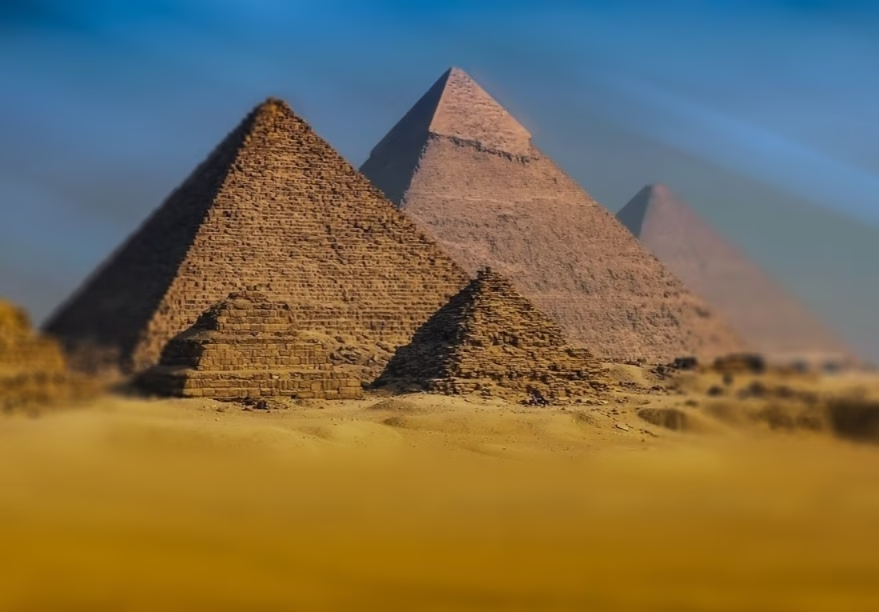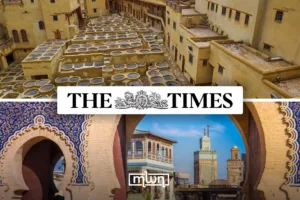A multimillion-dollar upgrade is quietly reshaping one of the world’s most visited ancient wonders.
Fez– After decades of disorganized access and complaints from tourists, Egypt is finally giving its most iconic heritage site the upgrade it deserves.
A sweeping $30 million redevelopment of the Giza Plateau, home to the Pyramids of Giza and the Sphinx, is poised to reshape how the world experiences one of the oldest wonders still standing.
Set to be inaugurated on July 3, 2025, the project is the result of a long-awaited partnership between Egypt’sgovernment and Orascom Pyramids Entertainment, a subsidiary of billionaire Naguib Sawiris’s conglomerate.
Though initially signed in 2018, the initiative has only recently come to fruition after years of planning and logistical hurdles.
The transformation is striking. The old chaotic entrance near the pyramids has been replaced with a new “Grand Gate” located 2.5 kilometers away, connected via a modern highway.
Visitors now pass through an air-conditioned exhibition hall before boarding “hop-on, hop-off” buses that circulate along designated stops throughout the site, each equipped with clean public restrooms, licensed gift shops, and shaded cafés.
What was once a raw, unregulated journey now feels like a curated museum experience.
The overhaul hasn’t just focused on functionality. Luxury was also on the menu. Among the additions is “Khufu,” a high-end restaurant overlooking the Great Pyramid, which now ranks among the Middle East and North Africa’s best dining venues, according to “World’s 50 Best”.
Despite the cosmetic and operational improvements, not all challenges have been resolved.
One lingering issue is the regulation of horse and camel operators, many of whom were notorious for exploiting tourists.
The government has relocated them to a separate area, yet some still attempt to return to the main entrances.
Interestingly, while the Pyramids remain among the world’s most recognized landmarks, annual visitor numbers are modest: just 2.5 million in 2024, half of them local.
That’s a far cry from Rome’s Colosseum, which welcomed 12 million the previous year. Still, officials are hopeful: tourism to Egypt surged 24% in April 2025 compared to the year before.
Ultimately, this renovation isn’t just cosmetic, it’s strategic. Egypt is betting on heritage as a sustainable driver of tourism and economic growth.
And with the nearby $1 billion Grand Egyptian Museum also nearing completion, the country is positioning its ancient treasures for a very modern kind of revival.
Read also: Beyonce Turns Her Cowboy Carter Tour into a Fashion Spectacle
















